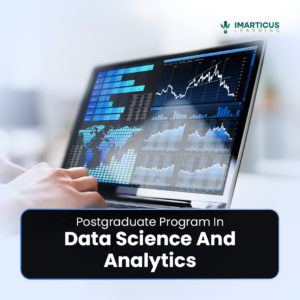Reading Time: 4 minutesAs per a study, about 2.5 quintillion bytes of data are produced every day. The number is about to increase by many folds in the future. The pace at which data is being generated demands more data science professionals. That’s the reason data science jobs are now regarded as one of the highest-paid jobs across the globe. And, people are joining data science training to explore a career in data.
As, firms are hiring employees who can build technical applications, and collect, analyse and predict data. That’s the reason students are enroling in data science training courses that are best and give job assurance.
Companies are keen to employ data scientists, data analysts, web developers, full-stack developers, and much more technology professionals. According to Imarticus Learning and Analytics India Magazine’s research, there will be a 30.1% increase in data science and analytics jobs in 2022 compared to 2021.
However, more competition in Information Technology requires software career enthusiasts to learn the latest technology for survival. The primary responsibility of data scientists is business analytics. They also work on constructing data and software products using algorithms. The demand for data scientists is high due to the shortage of skilled people for start-ups and corporates. Global companies are searching for professional data scientists to up their game in this competitive world.
Who is a data scientist?
Data scientists collect and interpret large amounts of structured and unstructured information. They analyse, process, and model data before interpreting the findings to develop actionable plans for businesses. The data scientist uses computer science, statistics, and mathematics for data interpretation.
Who is a software developer?
Software developers are the thinkers and doers behind computer programs of all kinds. While some software developers specialise in a single program or application development, others build massive networks or underlying systems that trigger and power other programs. As a result, there are two types of developers: applications software developers and systems software developers.
The approach of data scientists and software developers
To use and organise data in a structured or unstructured form, a data scientist becomes essential and can master the art with the right Data Science Training. Hence, there is a need for a data scientist, with sound knowledge of handling data that demands the best data science training and experience.
Software developers collaborate with computer programmers to test the convenience of using a software program. The component that powers digital systems is software which is the core element of computers. To be precise, software engineering can be termed as the application of engineering principles for designing, structuring, developing, and implementing software. An efficient software developer understands the client’s needs and then develops the software as a solution to the client’s needs.
Important tools used in software development and data science
To be productive, data science career aspirants should be knowledgeable about statistics, software programming, and analytical thinking. In addition, a data scientist should have the urge to learn and be updated about new programming languages. Python, Swift, and Ruby, apart from mastering SQL, Spark, machine learning, and Hadoop are the most important to learn.
A software developer should know the latest programming languages along with a bachelor’s degree in computer science. A good understanding of computer programming by understanding the functionality of new tools is a plus. Along with various skills, a software developer should possess to flourish in the field of analytical skills. Followed by attention to detail, creativity, problem-solving techniques, and interpersonal skills are vital.
The pay scale for data scientists versus software developers
A report from Payscale.com reveals that the median salary for a data scientist is around 6,00,000. It is not much different in the US. According to a survey by Glassdoor, the median salary for a data scientist is $91470, which is great. So, it is evident that data science can offer ample money and growth. But, the salary also depends on the qualifications, skills, experience, and location. Firms also play a vital role in deciding the pay.
Currently, the median salary for software developers is $1,00,80 and the growth in employing software developers is set to increase by 24% in a decade. In addition, an estimate states that there are 3.7 billion mobile users worldwide. It demands newer and better applications for smartphones and tablets. It increases the demand for software developers globally. Factors that affect the salary of a data scientist are similar to those of software developers.
Roles and job titles for a career in data science versus software development
A few important job titles that a data scientist can do are data architect, data scientist, and business analyst. In fact, the roles of data administrator, and business intelligence manager are also in demand. Global companies in the digital world, like Facebook, Twitter, IBM, and Apple, are racing to hire the best data scientists. So, the demand for data scientists is growing like never before.
Some of the interesting career options that connect to software developers are Computer programming. Computer system analysts, web developers, computer network architects, and computer hardware engineers are also on the list. Though data science is a relatively newer concept than software development, it is increasing rapidly.
Conclusion
This article has showcased the digitisation, technology, data rise, and demand of technology professionals. The high demand for data scientists, and software developers have given rise to the skills gaps. If you are eager to learn new tools for efficient data handling, you can grab a chance to flourish as a data scientist in the long run. Enrol for the best data science training course and enter the world of data.
But, selecting the best institute for data science training is not easy.
You should enquire about the faculty, course curriculum, and the job assistance that they provide. It is always good to get interview assistance, career monitoring, and resume-building tips from the experts. If the institute provides all this then it is the best for the learners.
It should be your priority to learn coding and programming if you want to become a software developer. Furthermore, the amount of data being produced every day is high, which signifies long-term growth and attractive salary await a talented data scientist. So, in the end, we can say that both careers in data science and software development are promising. It depends on individual preferences and interests. Both, career options are good and offer career growth.
For more details, you can also search for – Imarticus Learning. You can drop your query by filling up a form from the site. You can also contact us through the Live Chat Support system. To explore more you can visit one of our training centers based in – Mumbai, Thane, Pune, Chennai, Bangalore, Hyderabad, Delhi, and Gurgaon.
 Imarticus Learning is a leading technology-driven institute that gives accredited certifications in data science with the collaboration of KPMG.
Imarticus Learning is a leading technology-driven institute that gives accredited certifications in data science with the collaboration of KPMG.


 Data science training has gained new heights in the past decade and there is a growing demand for professionals in this field, making the data science career one of the most sought after and rewarding ones.
Data science training has gained new heights in the past decade and there is a growing demand for professionals in this field, making the data science career one of the most sought after and rewarding ones.
 However, in the current time, when there is a contagious virus spreading globally, it would be best to join a data science online course. That is because an
However, in the current time, when there is a contagious virus spreading globally, it would be best to join a data science online course. That is because an 
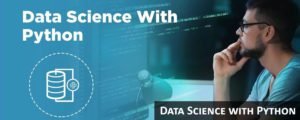 Data Scientists are the programmers who do these tasks for the organizations. Data Scientists gather a large quantity of data and convert it into a useful form, followed by recognizing data-analytics solutions for organizational growth.
Data Scientists are the programmers who do these tasks for the organizations. Data Scientists gather a large quantity of data and convert it into a useful form, followed by recognizing data-analytics solutions for organizational growth. The entry level salary of a Data Scientist is approximately INR 500,000 per annum (Source:
The entry level salary of a Data Scientist is approximately INR 500,000 per annum (Source:  Should know more interesting things about
Should know more interesting things about 



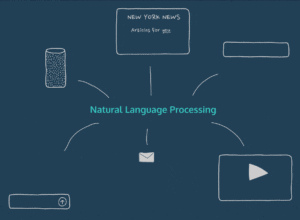
 Data presented as contextual stories, rather than isolated data points, makes individuals more likely to understand the impact, decipher patterns and make more informed decisions.
Data presented as contextual stories, rather than isolated data points, makes individuals more likely to understand the impact, decipher patterns and make more informed decisions.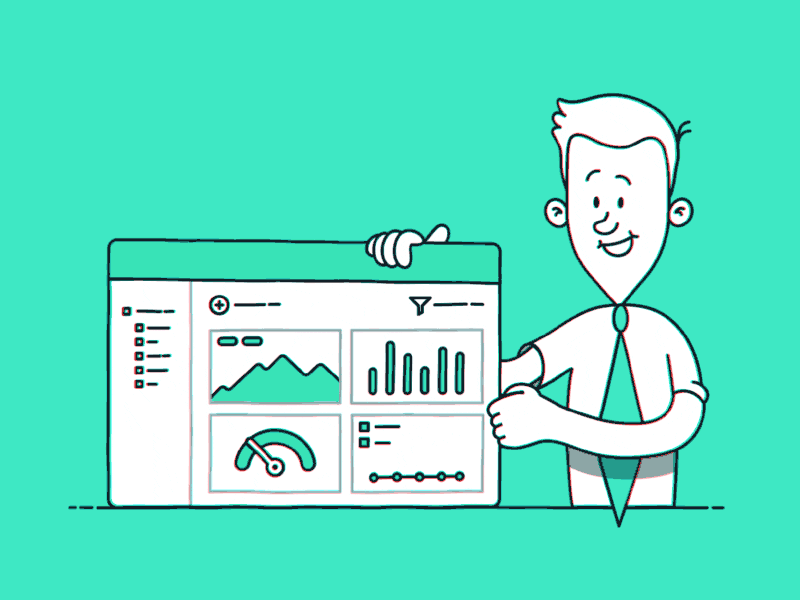
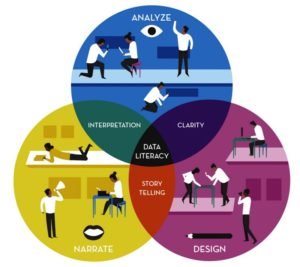 Data literacy gives people the power and the evidential backing to call out those intentionally or unintentionally propagating mistruths and fallacies through awry statistics. This way, data literacy plays a pivotal part in politics, economics and ethics of a society, indeed of the world.
Data literacy gives people the power and the evidential backing to call out those intentionally or unintentionally propagating mistruths and fallacies through awry statistics. This way, data literacy plays a pivotal part in politics, economics and ethics of a society, indeed of the world.
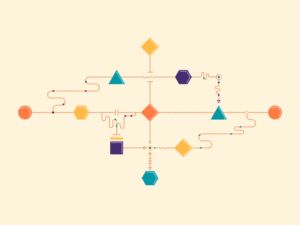 A data scientist is critical in companies like these, as they bring expertise to the table and understand the flow of projects much better than anyone else. With a data scientist at the helm, all other players in the process can fall into place. This reduces the pressure on upper management to figure out project flows; they can now leave it to the experts.
A data scientist is critical in companies like these, as they bring expertise to the table and understand the flow of projects much better than anyone else. With a data scientist at the helm, all other players in the process can fall into place. This reduces the pressure on upper management to figure out project flows; they can now leave it to the experts. This is an invaluable opportunity for fresh data scientists as the company takes care of all the costs and only asks for your attention and application in exchange. Adding a
This is an invaluable opportunity for fresh data scientists as the company takes care of all the costs and only asks for your attention and application in exchange. Adding a 
